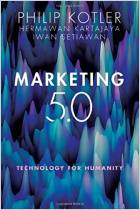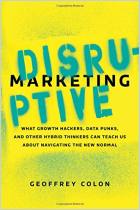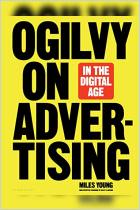
Book
Quantum Marketing
Mastering the New Marketing Mindset for Tomorrow’s Consumers
Recommendation
Technology foments tectonic shifts in the landscape of marketing – and marketers must evolve. Marketing expert Raja Rajamannar offers an aerial view of the profound changes underway and glances at marketing’s probable future. Speaking to executives in enterprise organizations, Rajamannar provides high-level strategies for exploiting emerging technologies, engaging with consumers in an overwhelming information environment, and developing your professional capabilities.
Summary
About the Author
Mastercard’s chief marketing and communications officer Raja Rajamannar is president of its health care division.
Learners who read this summary also read
Book
Book
Book
Book
















Comment on this summary